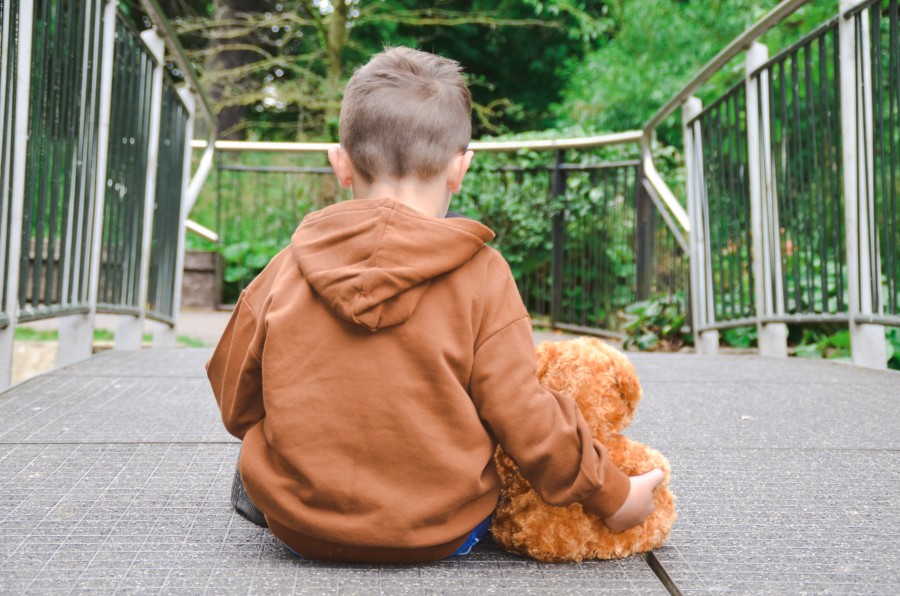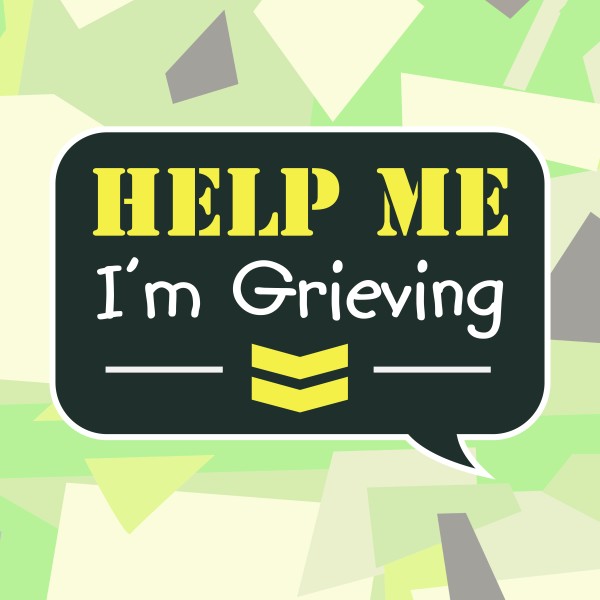What is Puddle-Jumping? Understanding Childhood Bereavement
Childhood bereavement is a complex process. Most children's understanding of death differs significantly from that of adults, and as a result, so does their ability to process grief.
One common way children deal with the death of a loved one is a phenomenon known as ‘puddle-jumping,’ but what does that mean, why does it occur, and most importantly, how can you offer a puddle-jumping child the support they need to come to terms with their bereavement?
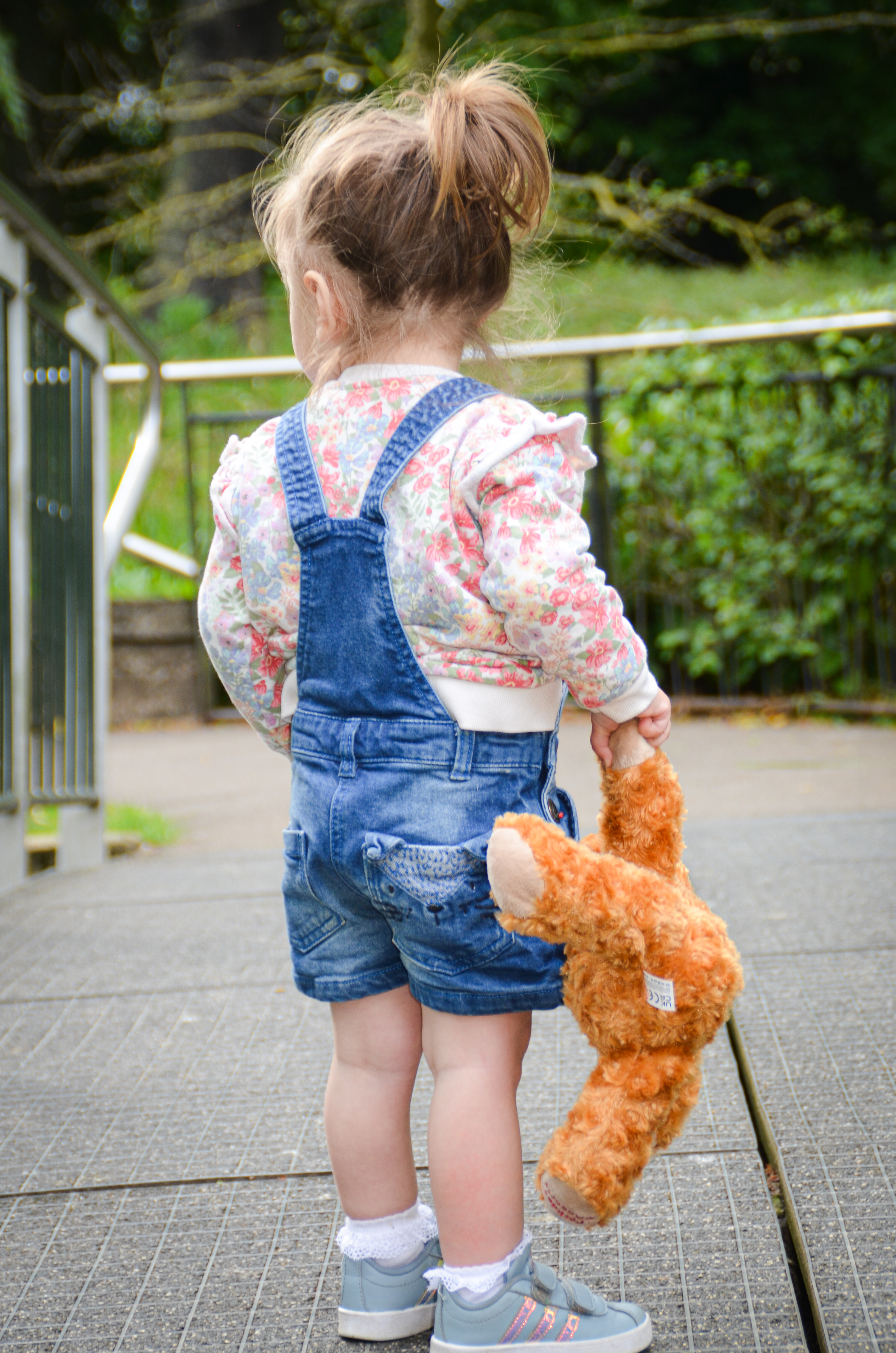
Pledge your support for bereaved military children and young people. Join thousands who have already taken the Scotty's Pledge.
What is Puddle-Jumping?
Puddle-jumping refers to a pattern of behaviour in which bereaved children flit back and forth between moments of sadness and mourning to periods where they seem almost entirely unaffected, engaged in play, or focusing on other activities.
To adults, this seeming instability can be worrying. But it’s important to remember young children are unlikely to fully understand death or have the emotional capacity to grieve the same way we would typically expect of adults.
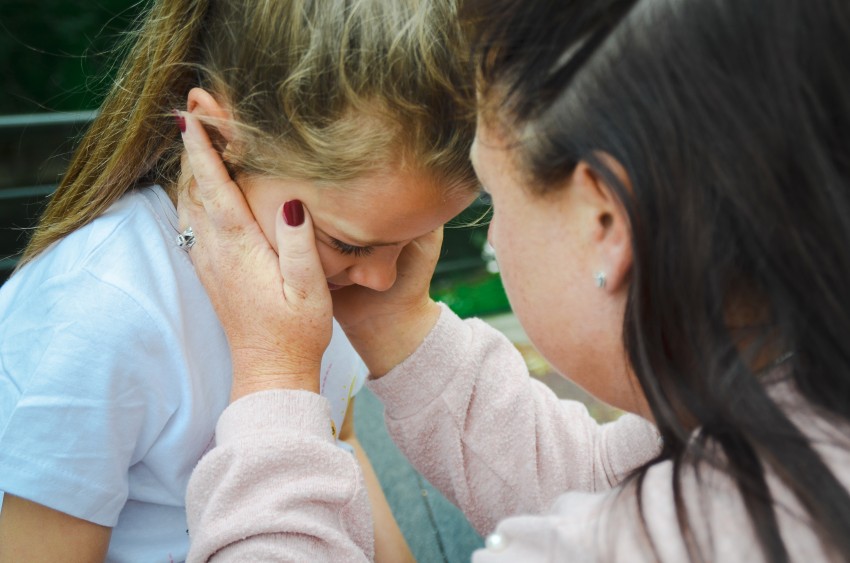
Child Bereavement UK suggest thinking of it like “a puddle full of sad feelings; a child may jump into this puddle when someone important to them has died. But children can’t cope with sad feelings for too long, so eventually they need to jump out and do something that distracts them, like playing with their friends or going to the park.”
To adults, the idea of puddle-jumping may seem unusual, but for a child it can be a very important and healthy coping mechanism for coming to terms with their bereavement.
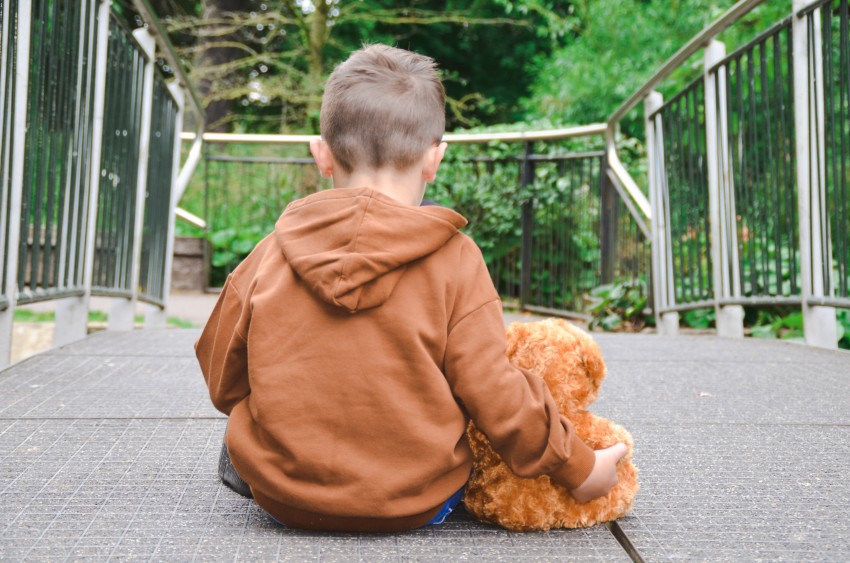
Why Does Puddle-Jumping Happen?
Puddle-jumping can occur for several reasons, but is usually the result of a child’s age, emotional development, and limited attention span.
- Age: As children grow, they gradually start to understand abstract concepts like death and dying, but a young child may struggle to grasp exactly what this means and resort to other means of processing a bereavement.
- Emotional Development: Children generally have much lower emotional endurance than adults, and they may struggle to sustain an intense emotion like grief for long periods of time. As a coping mechanism, children might temporarily set aside their feelings to recover from the emotional strain.
- Limited Attention Span: Children also have shorter attention spans than adults and are easily distracted. Their focus and emotional engagement can shift rapidly, resulting in periods of grief alternating with other, less involved activities.
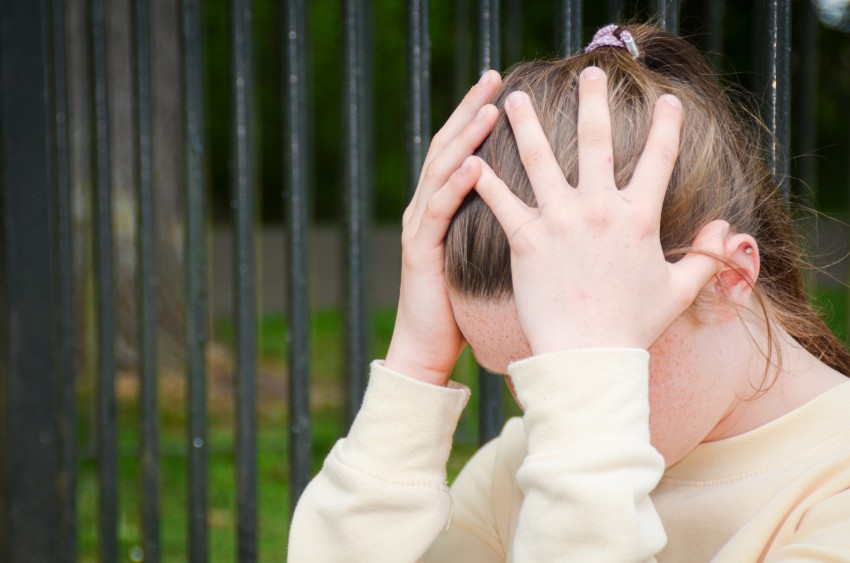
Supporting a Child Through Puddle-Jumping
If your child or a child under your care is puddle-jumping, there’s no need to be concerned. Puddle-jumping is a common and completely natural response for many young children experiencing bereavement. Here are some ways you can support them on their grieving journey:
- Normalise Grief: Help children understand that fluctuating emotions are a normal part of the grieving process and that if they have any questions about death, you’ll answer them as best you can.
- Establish a Safe and Supportive Environment: Create a safe space where children feel comfortable expressing their feelings without judgment. Reassure them it’s okay to talk about their emotions and experiences and offer outlets such as drawing or journaling to express themselves.
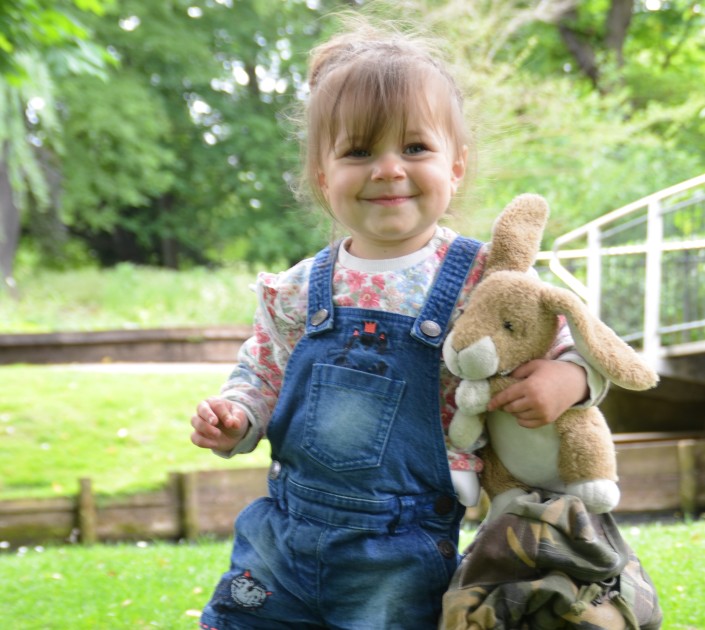
- Maintain Consistency and Routine: During times of grief, children can benefit from routines and familiar schedules. These provide stability, helping them feel more secure and comfortable.
- Offer Reassurance: Reassure children that it is okay to experience a range of emotions after experiencing a bereavement. Help them identify what it is they are feeling and let them know that those feelings are valid, providing comfort whenever they need it.
- Be a Positive Role Model: Be a positive role model by openly discussing your own emotions and demonstrating healthy ways of grieving. Take care of yourself and seek support whenever you need it. Looking after yourself is a great way of looking after the people you care about, too.
- Seek Professional Assistance if Needed: While puddle-jumping is a normal aspect of childhood bereavement, some children may require additional support. If a child's grief symptoms persist or significantly impact their day-to-day life, you may want to consider seeking a childhood bereavement specialist.
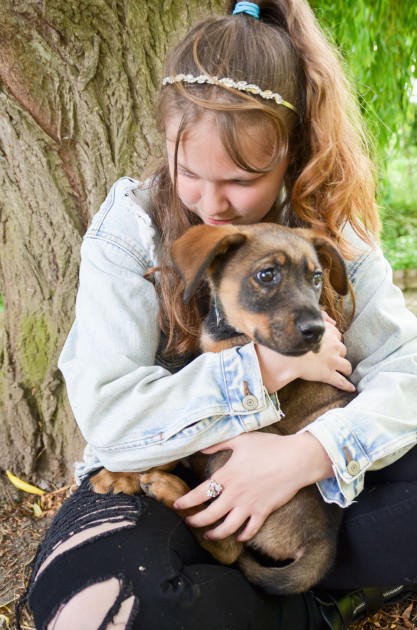
- Use Simple, Concrete Language When speaking to younger children about death, try to use simple, concrete language. Metaphors like their loved one “has become a star in the sky” can confuse children and often create more questions than answers. It is okay to use words like “death” and “died” to explain things.
- Remember Their Loved One: For some children, taking part in a tradition or activity that helps them remember their loved one can provide a sense of comfort and connection. Ideas could be lighting a candle for them, planting a tree in their memory, making a scrapbook, or writing them a letter. Here are some more ideas on how to remember a loved one.
- Connect With People Who Understand If possible, encourage children to connect with other young people who have experienced bereavement. Peer support offers a sense of belonging and understanding, allowing children to share their own experiences and learn from others who are going through similar challenges.
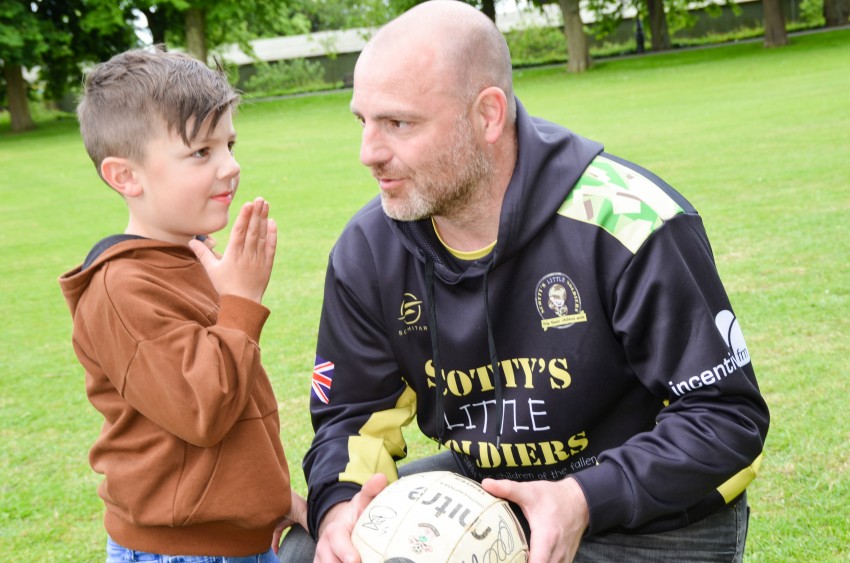
Supporting bereaved military children
Scotty’s Little Soldiers is a tri-service charity dedicated to supporting children and young people (0 to 25 years) who have experienced the death of a parent who served in the British Armed Forces.
Inspired by the experience of Army widow Nikki Scott, following the death of her husband Corporal Lee Scott in Afghanistan in 2009, the charity, which was set up in 2010, provides support and guidance to hundreds of bereaved military children and young people throughout their childhood.
Services offered to Scotty’s members include access to child bereavement support, guidance to parents and carers, personal education and learning assistance (including grants), and fun activities such as holiday respite breaks and group events. These are all designed to remind the children and young people supported by Scotty’s that they are not alone.
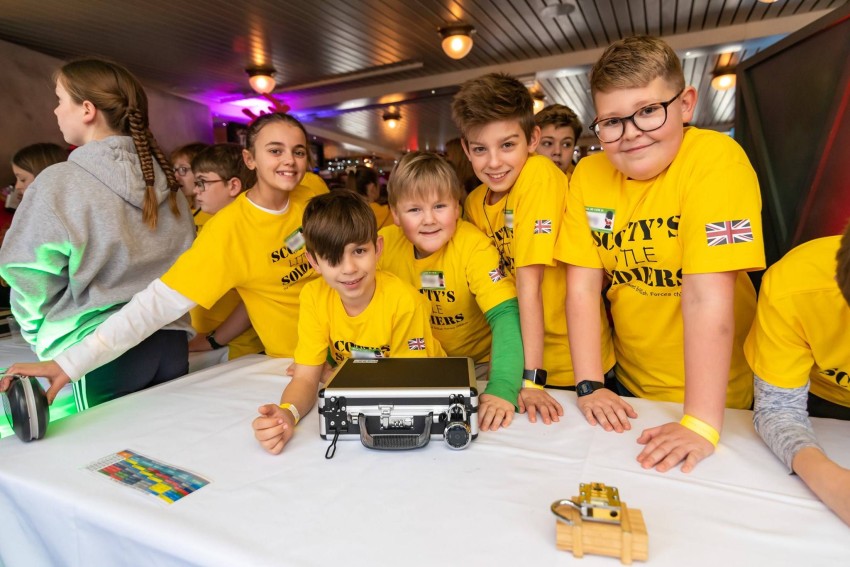
Help Me, I’m Grieving
For further bereavement guidance, listen to Scotty’s podcast series ‘Help Me, I’m Grieving.’ The podcast follows a series of conversations between Lorna Vyse, a child bereavement specialist at Scotty’s Little Soldiers, and Ben, who experienced childhood bereavement.
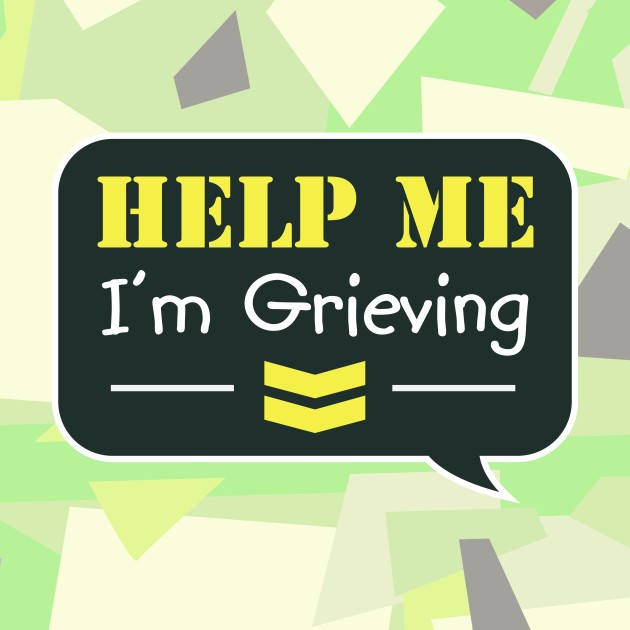
If you are the parent or carer of a bereaved military child or young person, click here.
If you work with bereaved children & young people, click here.
If you are a bereaved young person seeking support, click here.

